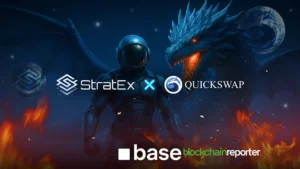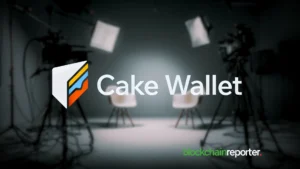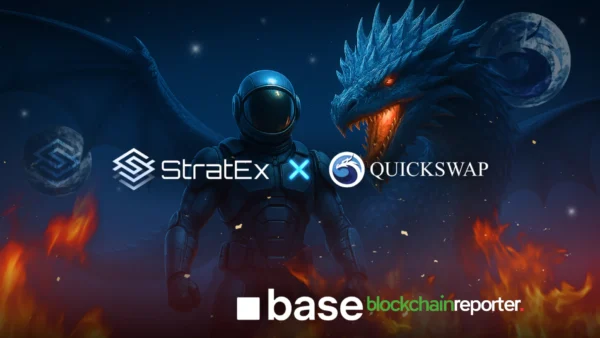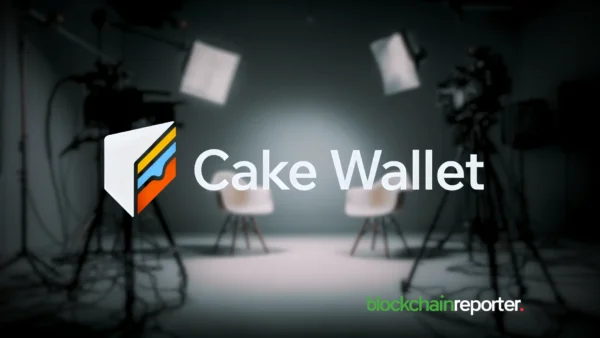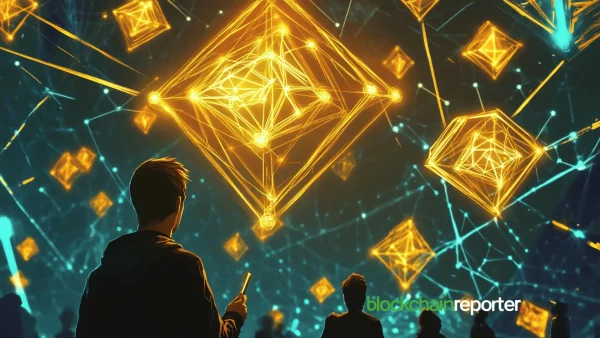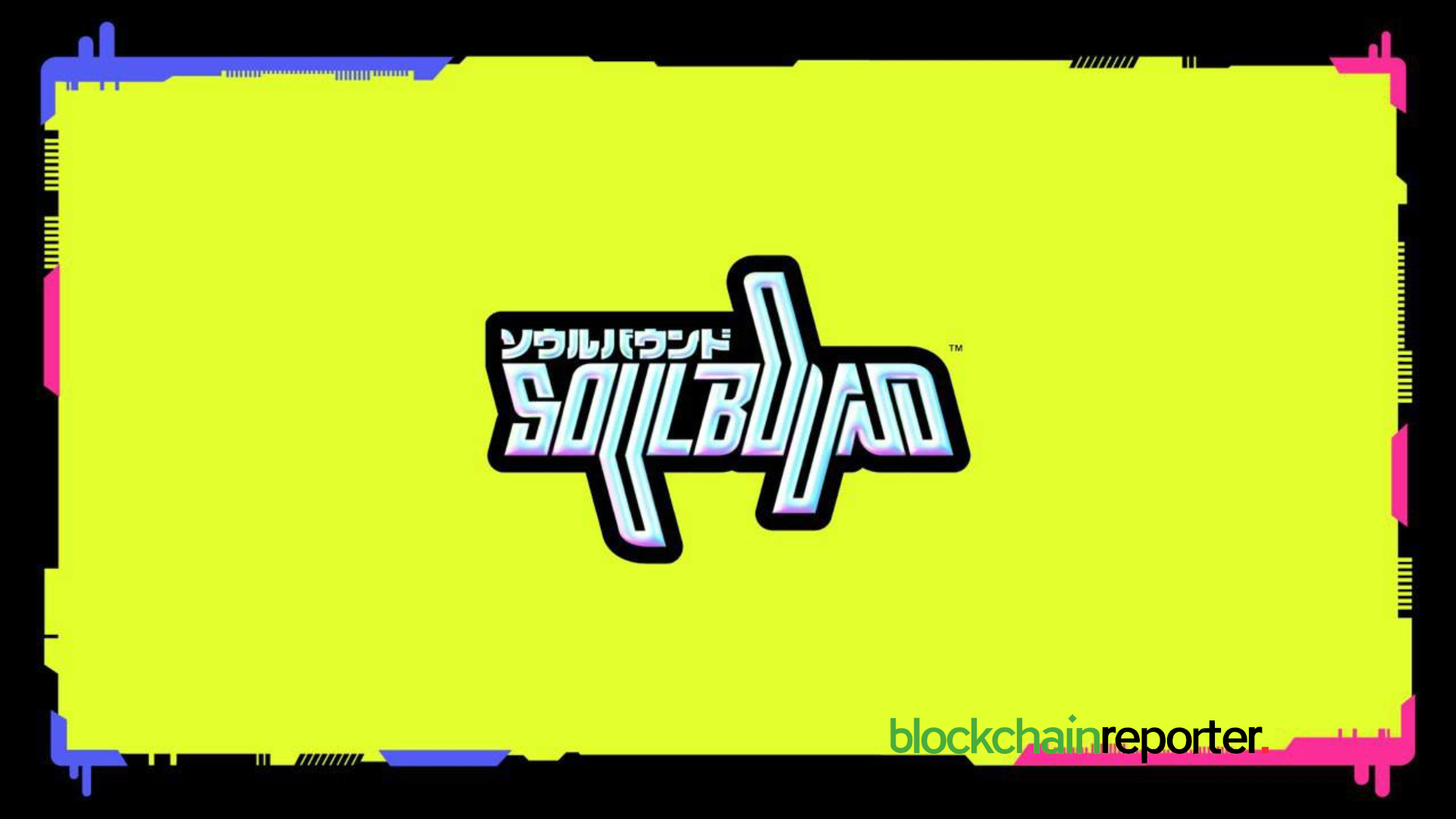
In our previous interview, we discussed Soulbound’s mission to reshape the creator economy, democratizing it through Web3 technologies. You also mentioned that you are about to venture into the predictions market, merging livestreaming with GambleFi on your platform. What pushed you to enter this space?
When we looked at the evolution of livestreaming and content creation, we noticed a clear gap in audience engagement. Traditional platforms offer little beyond passive consumption; viewers watch, but they rarely have the chance to truly interact. So, the decision to enter prediction markets wasn’t just about following a trend. We’re pushing into this space because we see the potential to elevate the viewer’s role from passive observer to active participant.
Integrating predictions with GambleFi is about allowing viewers to engage in real time, making the experience much more immersive. Viewers become part of the story, placing a stake in the outcomes of live events. With Web3 technology, there’s an added layer of transparency and fairness, which is something unique to our platform. For us, it’s about expanding the concept of democratization to include a whole new way of experiencing content.
Polymarket currently holds 99% of the prediction market. What are your thoughts on its dominance? Do you see Soulbound tapping into or competing within this space?
Polymarket has done a fantastic job carving out the prediction space in Web3, and their dominance reflects just how much interest there is. However, we’re not trying to replace or directly compete with Polymarket. Instead, Soulbound is approaching this differently. We’re not looking at predictions as just a single feature – it’s about weaving them into a fuller, more interactive experience.
We’re creating something entirely new, combining predictions with livestreaming, where the thrill of live content meets the excitement of real-time audience participation. For us, it’s about opening up fresh possibilities in the predictions space, with a focus on meaningful interaction between creators and viewers. So, rather than trying to compete directly with Polymarket, we’re exploring how predictions can add real value for creators and their communities.
How do you see the merge of livestreaming with prediction markets creates new opportunities for both streamers and viewers? What market needs does this innovation fulfill?
Adding predictions to livestreaming unlocks amazing possibilities for creators and fans alike. Instead of just sitting back and watching, viewers can actually shape what happens next, having a real stake in the moment. For streamers, it opens up a whole new way to earn beyond just ads or subscriptions – they can now make revenue directly from the energy and interaction of their community. And for viewers, it’s an entirely fresh layer of excitement. They’re no longer just watching; they’re fully involved, reacting in real time, and engaging with the content on a personal level.
This kind of setup really hits a sweet spot in the market, where there’s a huge demand for content that doesn’t just entertain but lets people feel like they’re part of the action. And that’s exactly what this approach delivers.
As betting integrates with livestreaming, how do you see it could change the way streamers play and interact with their audience?
The introduction of betting fundamentally changes the relationship between streamers and their audiences. Streamers can create unpredictable, engaging moments that viewers can actively bet on, which adds an element of connection.
If a streamer asks their community to bet on the outcome of a game they’re playing or even asks the audience to choose what they do next, suddenly, there’s this shared experience where the audience is driving the content. It’s a two-way interaction that goes beyond the usual comments and likes. The stream becomes a live experience shared between the creator and the audience, enhancing the bond within that community.
In what ways does betting, introduced to livestreaming, enhance the viewer experience? How does it influence viewer engagement?
For viewers, betting introduces an entirely new layer of immersion. When viewers place a stake in what happens next, they’re no longer just watching – they’re involved in the outcome. It turns the stream into something more dynamic and personal. Every prediction they make isn’t just a casual decision; it becomes part of the experience, and that connection makes each moment more engaging. Viewers are more likely to stay tuned, interact, and participate, which deepens their connection to both the content and the community. And because it’s happening in real time, there’s this immediate sense of reward, excitement, and camaraderie that comes from betting alongside others and reacting to outcomes together.
Are there any existing Web2 platforms that offer similar prediction features? What advantages does running a prediction market on blockchain offer compared to traditional platforms?
While some Web2 platforms have experimented with interactive or predictive features, they often lack transparency, which is a huge issue when it comes to betting or predictions. Blockchain technology gives us a leg up here by providing a decentralized, transparent structure that fosters trust. Every action, every bet, and every result can be verified on-chain. This is a huge advantage because it reassures users that everything is fair and transparent.
Additionally, blockchain-based prediction markets can operate without a central authority dictating the terms, so users have more control and autonomy. This level of transparency and decentralization simply isn’t possible on traditional platforms, where outcomes can be manipulated or skewed by centralized control.
Soulbound is poised to create a convergence between prediction markets and livestreaming. How do you see this influencing the future of content creation and monetization in the broader entertainment industry?
Combining livestreaming with predictions has the potential to completely transform content monetization. Traditionally, creators have depended on ads or subscriptions, but this model introduces a new, interactive way to support creators. Viewers aren’t just passive – they’re actively involved, which ties monetization directly to their engagement and participation.
This shift could have a big impact across the entertainment industry, especially as traditional revenue streams are starting to feel outdated. Soulbound’s approach helps build a stronger connection between creators and fans, where the experience itself becomes valuable. It’s a model that deepens these connections and brings more sustainability to the creator economy, thus aligning incentives so that both creators and audiences benefit.
How do you envision Soulbound evolving over the next few years? What will be its key contribution to the growing creator economy, in Web3 and Web2?
Looking ahead, I see Soulbound taking on a big role in the creator economy, especially as Web3 evolves. Over the next few years, we’re aiming to become the go-to platform for creators who are looking for more freedom, transparency, and ways to connect meaningfully with their communities. We’re breaking down the boundaries between creators and audiences, giving everyone the chance to actively shape the content experience.
Our main goal is to build an interactive, decentralized model for content monetization – one that’s transparent, sustainable, and truly empowering for both creators and fans. I’m sure we’re setting the stage for a new era in how content is made, shared, and experienced.


